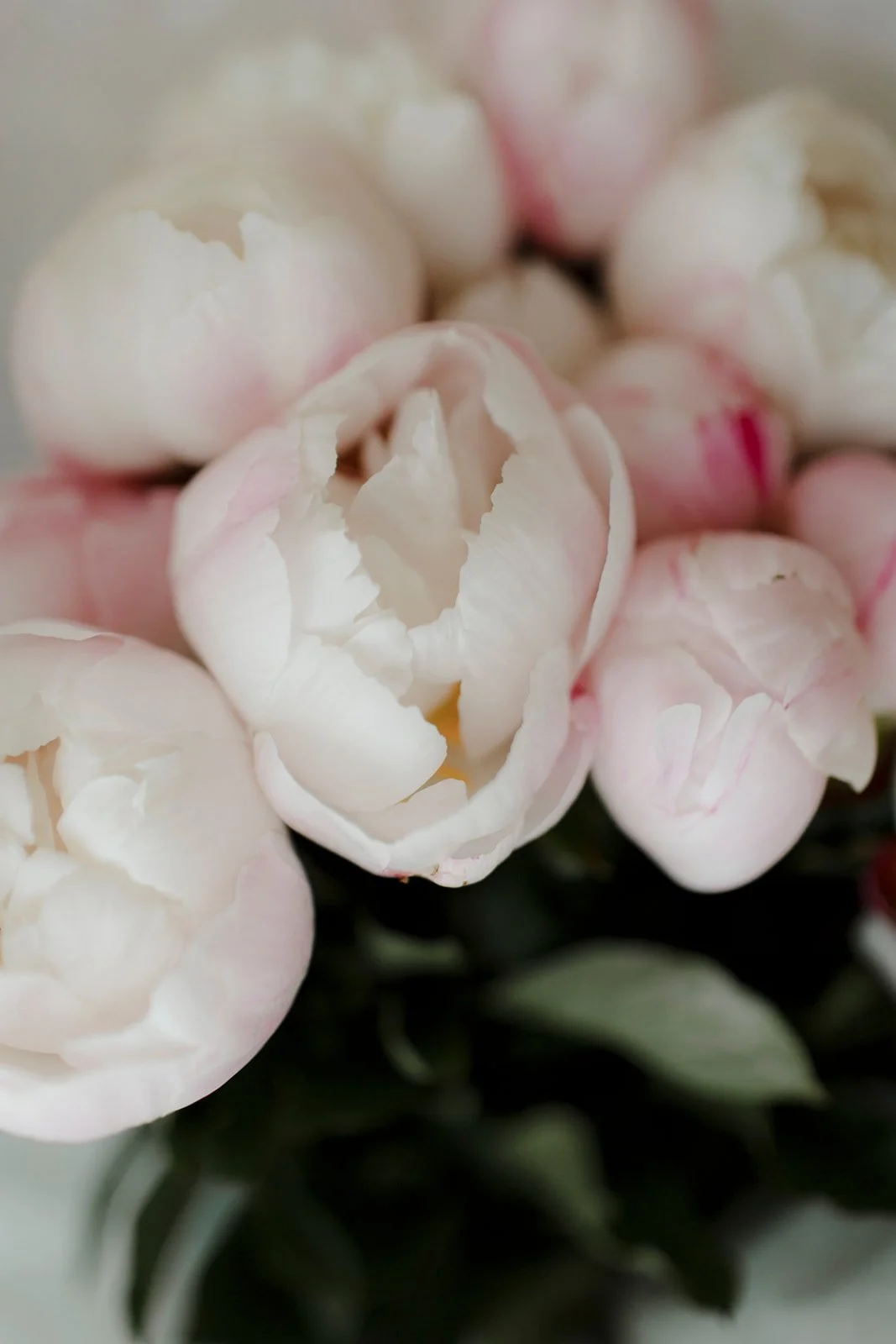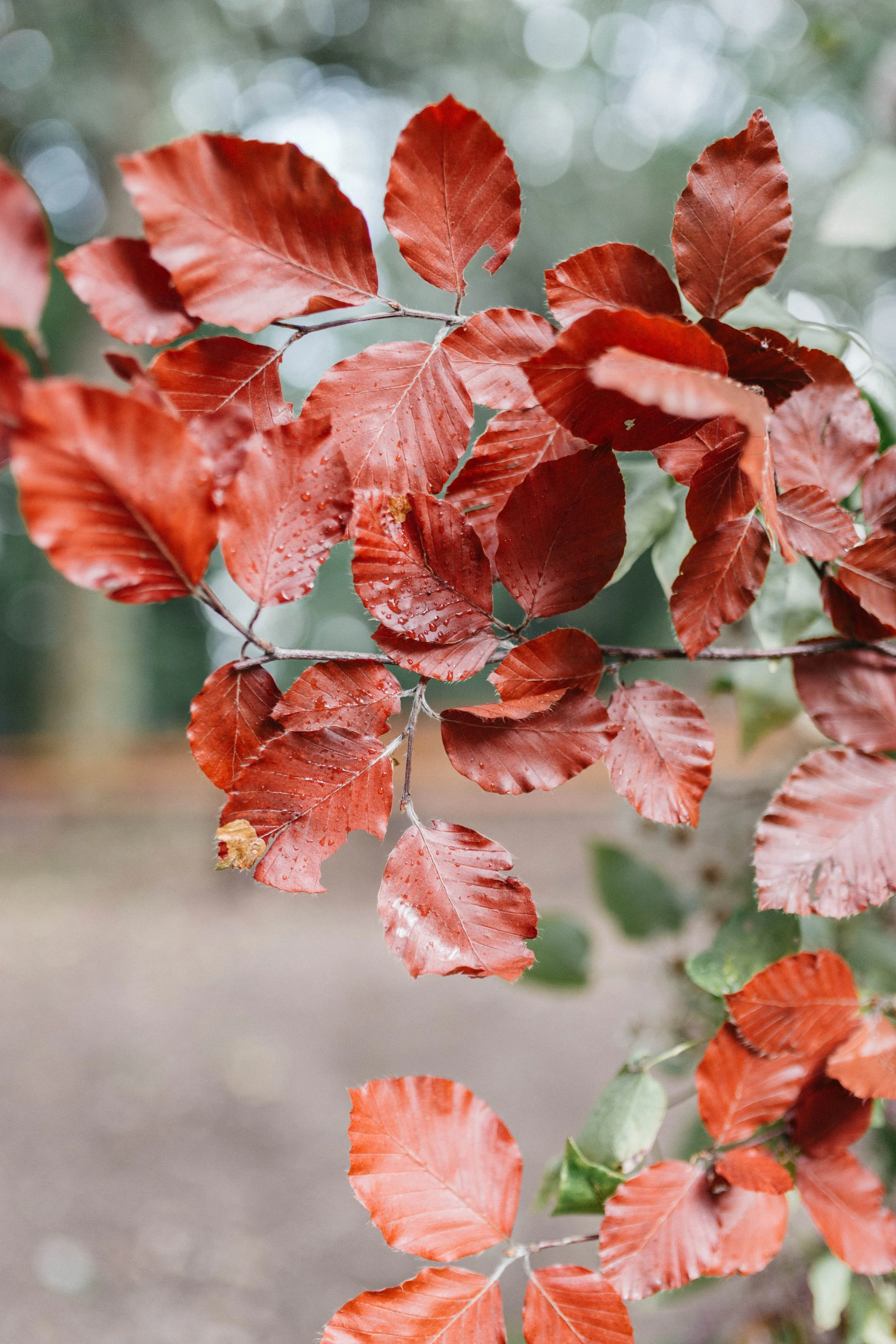The best season for a wedding in Tuscany
The title speaks for itself.
There is no way to go wrong when choosing to get married in Tuscany.
This region is magic, I am not saying this because I was born here, never left it and because I live here, but magic is everywhere here.
From the morning dew on the olive trees, to the sound of the knife while cutting a freshly baked crunchy bread, from the smell of wine cellars to the Sunday festive family tables because every Sunday is a good reason to celebrate.
Well, I could go on for hours but let’s start from some basic but important information about what to expect from Tuscany in every season from color scheme, to temperatures, from venue tips to food.
You will see magic by yourself when you will be here..
Spring
Nature color palette:
Greens, all shades of pink, lilac, white
Temperature:
early spring 15 Celsius degrees daytime – 10 degree in the evening
late spring 20/25 Celsius degrees daytime – 15/18 degrees in the evening
Venue and event location:
Outdoor ceremony and cocktail is recommended while and indoor/covered reception and dancing would suit best. From the beginning of June it is possible to evaluate an outdoor dinner especially if the venue is located in a valley or protected from the wind.
Flowers:
Early spring: narcissus, tulips, wisteria which is not used by florists but it will be in bloom all over the walls of most Tuscany venues
Late spring: Peonies and all types of roses
Food:
fresh artichokes, asparagus, mushrooms, red radicchio, leek to combine with local meat and fish. strawberries and cherries
Here is a Typical recipe of the period la frittata con gli asparagi
Ingredients:
2 eggs per person
A bunch of heads of fresh asparagus
Pinch of salt and pepper
Preparation:
Hot pan with olive oil, medium flame
Break the eggs in a bowl and whip the eggs with a fork (by hand)
Mix the eggs with the heads of the asparagus cut in half for the length
Add salt and pepper
Pour the mixture in the pan and do not touch it for 3/4 minutes (depending on how big the pan is and how many eggs it may take a few more monutes) now cover the pan for other 3-4 minutes and that’s it!
Summer
Nature Color palette:
Yellow, light blue, blue, white
Temperature:
early summer 25/35 Celsius degrees daytime – 20/25 degree in the evening
late summer 25/28 Celsius degrees daytime – 15/18 degrees in the evening
Venue and event location:
everything Outdoor!
Flowers:
Early summer: explosion of roses, variety of scabiosa
July: Dalias, Zinnia, variety of echinacea, gladiolus
August: : Dalia, wheat , lavander, gladiolus
September: Dalias, berries and start of autumn colors
Vegetables: zucchini, tomatoes, aubergines, red and yellow peppers, zucchini flowers
Recipe: deep fried stuffed zucchini flowers
zucchini blossoms
ricotta cheese
grated Romano/parmigiano cheese
shredded mozzarella
sea salt and black pepper
garlic
2 eggs
Water
flour
cooking oil
The first step is filling the blossoms with the ricotta cheese mixture. While a pastry bag definitely makes the job easier, the blossoms can be filled by hand using a spoon.
Next, get the egg batter ready.
After a quick dip in the egg batter, gently place the blossoms into a heated frying pan with hot oil.
Don’t overcrowd the pan. After sauteing to a nice golden brown its time to turn over the blossoms and do the other side
Fall
Nature Color palette:
Dark yellows, oranges, browns
Temperature:
early autumn 15/20 Celsius degrees daytime – 10/15 degree in the evening
late autumn 8/15 Celsius degrees daytime – 8/10 degrees in the evening
Venue and Location tips:
Autumn days can get as hot as summer days or as cool as winter ones, but early fall it is normally warm enough to have an outdoor celebration, dinner included! End of September until middle of October is my favorite time of the year. Colors are just spectacular, days are still long.
Flowers:
harvest leaves, berries, foliage, late dalias, late zinnias
Vegetables:
truffles, porcini mushrooms, yellow pumpkin,
Perfect period for a plate of Tagliatelle with porcini mushrooms
20 g fresh parsley, leaves only
2 garlic clove
50 g extra virgin olive oil
500 g fresh porcini mushrooms
1 ¼ tsp salt
300 g tagliatelle (long dried egg pasta)
1 - 2 pinches freshly ground black pepper, to taste
clean the porcini mushrooms: remove the dirt, scraping the stalk with a small knife. Then cut them into slices
In a large frying pan, pour in the olive oil and leave to heat slightly over low heat and then pour in the porcini mushrooms and a whole clove of garlic, cleaned or chopped if you prefer.
Season with salt and pepper to taste, then let the mushrooms cook for about 10 minutes When finished cooking you can remove the garlic clove if you have added it. Once prepared, keep them warm. Then mince the parsley very finely and set it aside.
Bring the water to a boil and salt to taste; cook the tagliatelle for 3-4 minutes
Then drain them directly into the seasoning while preserving the cooking water. Set the heat to low under the pan with the seasoning and mix the ingredients to combine them. Add the finely chopped parsley and, if needed, add a ladle of pasta cooking water to prevent the tagliatelle from being too dry. Then serve the tagliatelle with porcini mushrooms as soon as they are ready!
Winter
Colors:
All bright colors, red, fucsia, optical white, bright orange
Temperature:
0-10 Celsius degrees daytime, even less during night time
Venue and Location tips:
Indoor ceremony and reception with fireplace would be ideal
Flowers: elleborus,anemones, ranunculus, tulips, moss
Vegetables:
cauliflower, artichokes, savoy cabbage, pumpkin, black cabbage
Ready for Ribollita?
Cannellini beans (600 gr from the can or 300 gr dried)
Verza 250 gr
Cavolo nero 300 gr
Chard 300 gr
Stale bread 220 gr
Extra virgin olive oil 25 gr
Peeled tomatoes 180 gr
1 potato
Onions 80 gr
Carrots 80 gr
Celery 100 gr
Black pepper, fine salt, peperoncino
First, prepare the sauté: peel the onion and chop it finely, wash the celery and reduce it to a finely chopped mixture. Next, peel the carrot and reduce it to small cubes. In a pan heat 1.8 tbsp (25 g) of olive oil and fry the onion, celery, and chopped carrots over a moderate heat. While the sauté lightly fries, peel the potato and dice it. Add the potato cubes to the sauté and continue cooking. While the potato is cooking, pour the peeled tomatoes into a bowl and crush them with a fork , then add them to the vegetables in the pan. while continuing the cooking , clean the leafy vegetables: divide the cabbage in half, remove the white core, and then cut it into long thin strips, wash and coarsely cut the chard. Lastly, wash and cut the Italian kale (cavolo nero) leaves. Add the cabbage, chard and Italian kale to the soup. Now pour the bean broth you blended, stir, cover with a lid and bring to a boil. When the soup boils, remove the lid and cook for another 45 minutes, stirring occasionally. When the soup is ready, add salt and pepper, add the whole beans you set aside, stir and turn off the heat. Cut the stale bread into coarse slices, lay a few slices on the bottom of a bowl or soup tureen, cover with a couple of ladles of soup, then lay another layer of bread and add more soup, continue alternating the layers until you finish the ingredients. Allow to cool at room temperature and then place in the refrigerator covered with plastic wrap for at least 2 hours.
After this time has passed, the bread will have absorbed the soup and the ribollita will have a semi-solid appearance. Pour it into a pan, bring it to a boil, and flavor it with chili pepper. Your ribollita is ready to be enjoyed with a drizzle of oil !
At CloudEight we embrace the nature and what it offers over the year
however, it is important to keep in mind that not all the years are the same, in terms of temperature, quantity of rain or sun.
Weather conditions affect the flower farms and therefore, the production.
Another important aspect to keep in mind is that most of the flowers used for events come from greenhouse productions (still local!) meaning that, the offer of flowers is also dictated by the variety of flowers that the owners of the greenhouse decide to seed and when.
Considering the above, the best way to have a sustainable approach to the wedding design would be to define a color palette and a style of décor and then trust the chosen florist with the choice of flowers available in that specific period.
We will talk more about this in another article!
Contacts
I'm Francesca, a wedding planner specialized in sustainable events in Tuscany with more than 11 years of experience.


















